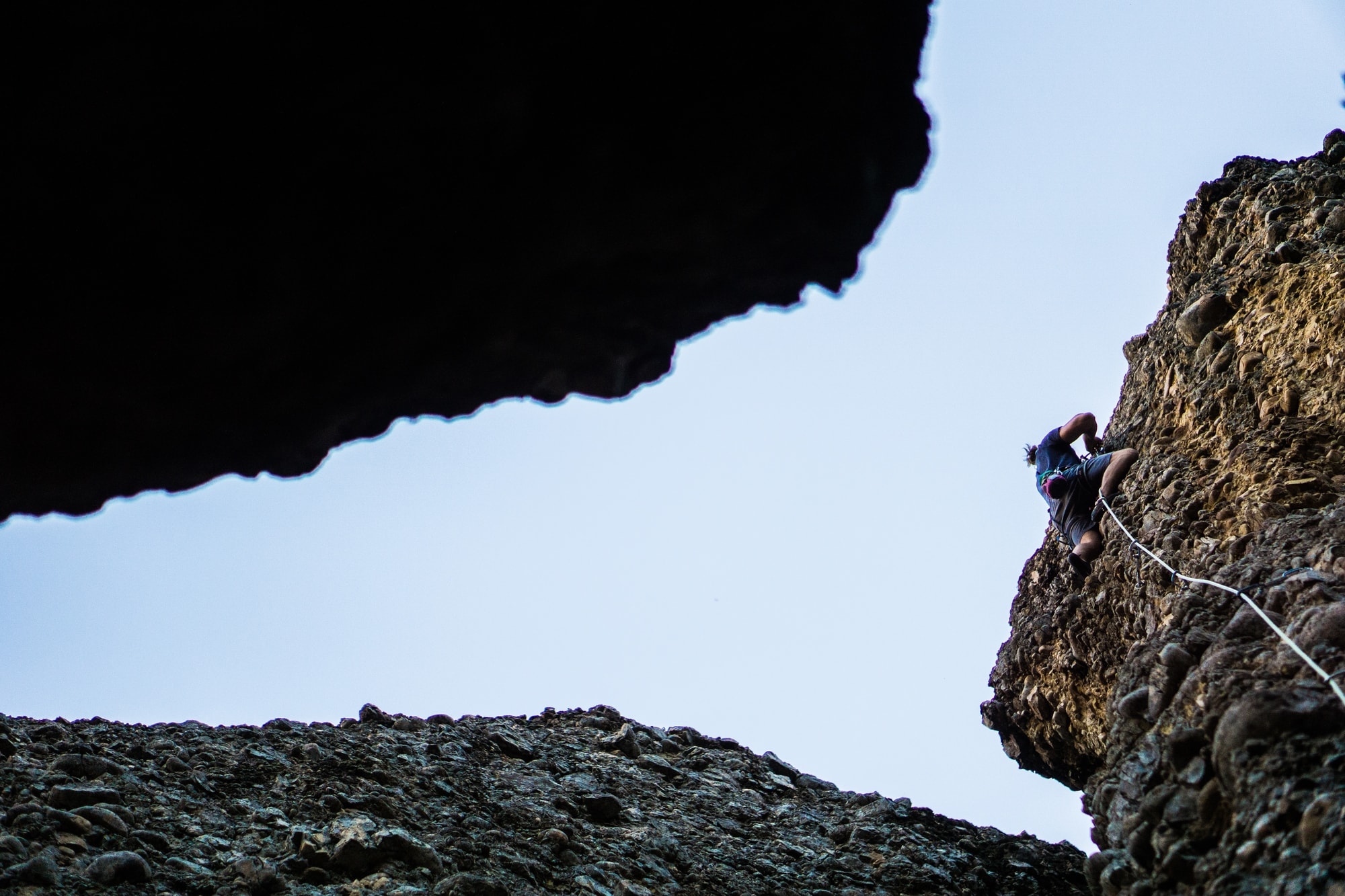
Editor’s note: Please add your input in the 1-question poll at the bottom of this post. Results can be viewed upon submission.
I recently bought a new climbing rope. A beautiful 9.5mm, 70-meter that I plan on taking up some of the multi-pitch climbs here in Red Rock, Nevada. I’ve had many conversations with my fellow climbers over what rope length is best. Three of the four ropes I’ve owned have been 70 meters and I’ve never regretted going with a longer rope.
I’m not just bringing this up to prove to everyone how long my rope is. Let me get to the real matter at hand: rope lengths have historically been listed in meters, but take a look in any American guide book or Mountain Project at the listed length for a climb and you’ll see a number followed by a measurement in feet.
It makes sense to list a climb’s length in feet here in the US. Or does it?
According to the American Alpine Club, about 30% of climbing accidents in 2014 were on the descent. We’ve all heard stories about people being lowered or rappelling off the ends of their ropes. Unfortunately, it happens—but there is a change we can make as a community and as an industry to help prevent this. My suggestion is to adopt the metric system and start using meters to describe the length of a climb.
This makes figuring out if your rope is long enough significantly easier, especially since most of us can’t do metric to imperial unit conversions of the top of our heads. Making this simple change may help prevent injuries and deaths.
We, as climbers, deeply value our safety, spending a good chunk of change on gear that helps to minimize risk and help prevent injury and death. Over the years, equipment has changed and improved to help keep people safe. Changing our unit of measurement should be the next step in the pursuit of safety.
What do you think?
Want more climbing content? Get our awesome climbing newsletter, delivered weekly.
Explore more
- Our 30+ most popular articles ever
- Today’s Best Rock Climbing Gear Deals
- 200+ rock climbing videos
- Community Discussion: The Most Popular Climbing Shoes
- Essay: Developing an Ego
- Community Discussion: “What’s on Your Rack?”
- Climbing News: A Roundup of What’s Happening Out There (3/2/17)
- Get Psyched for the 2017 Flash Foxy Women’s Climbing Festival
- Adventure Lust Leads to Beta Bust: A Story of Risk and Reward
- “I Will Climb, Too”—A Story on Mentorship and Responsible Climbing
- Get daily updates by Liking us on Facebook
- Free rock climbing PDFs on technique, training, knots, and more







